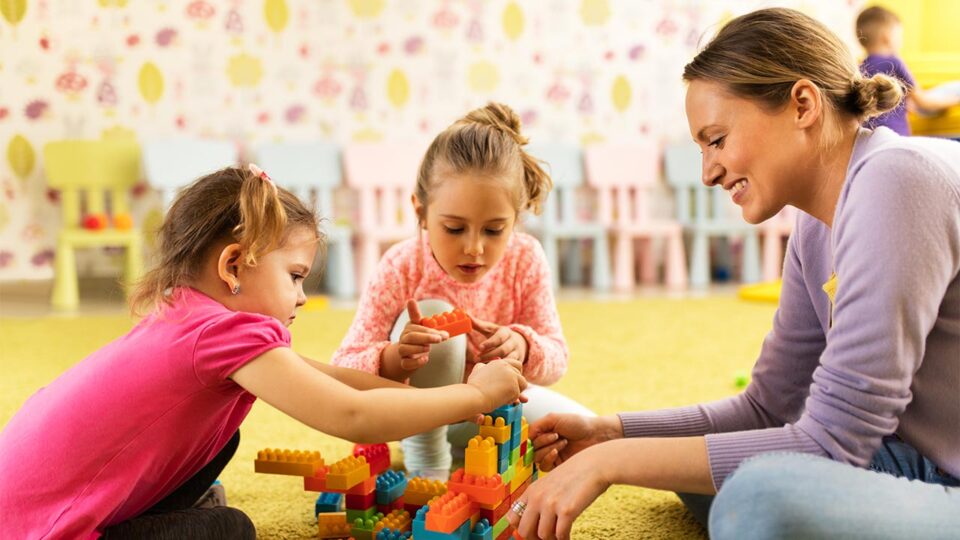In their earliest formative period, a child needs to learn through both their auditory and visual sense. If only they do that, the more refined sense of identifying objects and their functions is developed. So, in kindergarten schools, often, building blocks are mainly used to create a learning environment that is eco-friendly and resourceful. So, read this article to know more about the advantages of using building blocks in the early childhood years.
Advantages
- Eye-hand coordination
- fine motor sense
- cognitive flexibility
- spatial awareness
- reasoning
- creativity
- language skills
- engineering skills
- social competence
- critical thinking
- problem-solving.
Also, the evidence says the advanced level of block play can be used to achieve higher mathematic potential. Moreover, many studies show that children who have a history of playing with LEGO excel in mathematics later.
So, the earliest seeds of all these abilities are sown in a young mind when introduced to the world of building blocks. However, it would be best to use wooden building blocks because otherwise, plastic can be harmful to the little ones. You should also check whether the toy is eco-friendly or not. So, before buying, spend some time on research and then buy.
You can visit Play Edo Australia to know about more options. They also have excellent varieties which might attract your attention.
Tips for engaging in building block activities
If you want to make the play more engaging and responsive, you can very well start a weekly challenge. But, here are the top tips for engaging in a building blocks play.
Participate yourself
Don’t just be a passive viewer and instructor when your children play with the blocks themselves. Get accustomed to their world and try to communicate with them. Teach them the game tactics and introduce them to spatial ideas. For example, ask them the block size that they need or the number of blocks required to make a long building.
Encouraging cooperative projects
No, we are not talking about cooperative housing projects. Instead, try to build the sense of a collaborative venture within the young minds. For that, you will have to take the front seat and lead them in a friendly manner. Set up a project and divide the children and assign them distinct work. Ask them to interact among themselves and work together in accomplishing the task.
Specific building projects
Take your kids out of their imagination’s comfort zone. They will make structures based on what they have seen around. So, introduce them to new structures and challenge them to complete those structures. You can also take any printout and share that with them as a blueprint.
Add character toys
Not every child will find fun in building blocks. SO, if the kid is not interested in building activities, but you want them to engage with it, you can add new character toys. Add a vehicle, doll, flowers, or grass and add colors to the concrete.
Final Thoughts
So, if you follow these tips, it won’t be long before you achieve all those benefits and see a change in your child.

